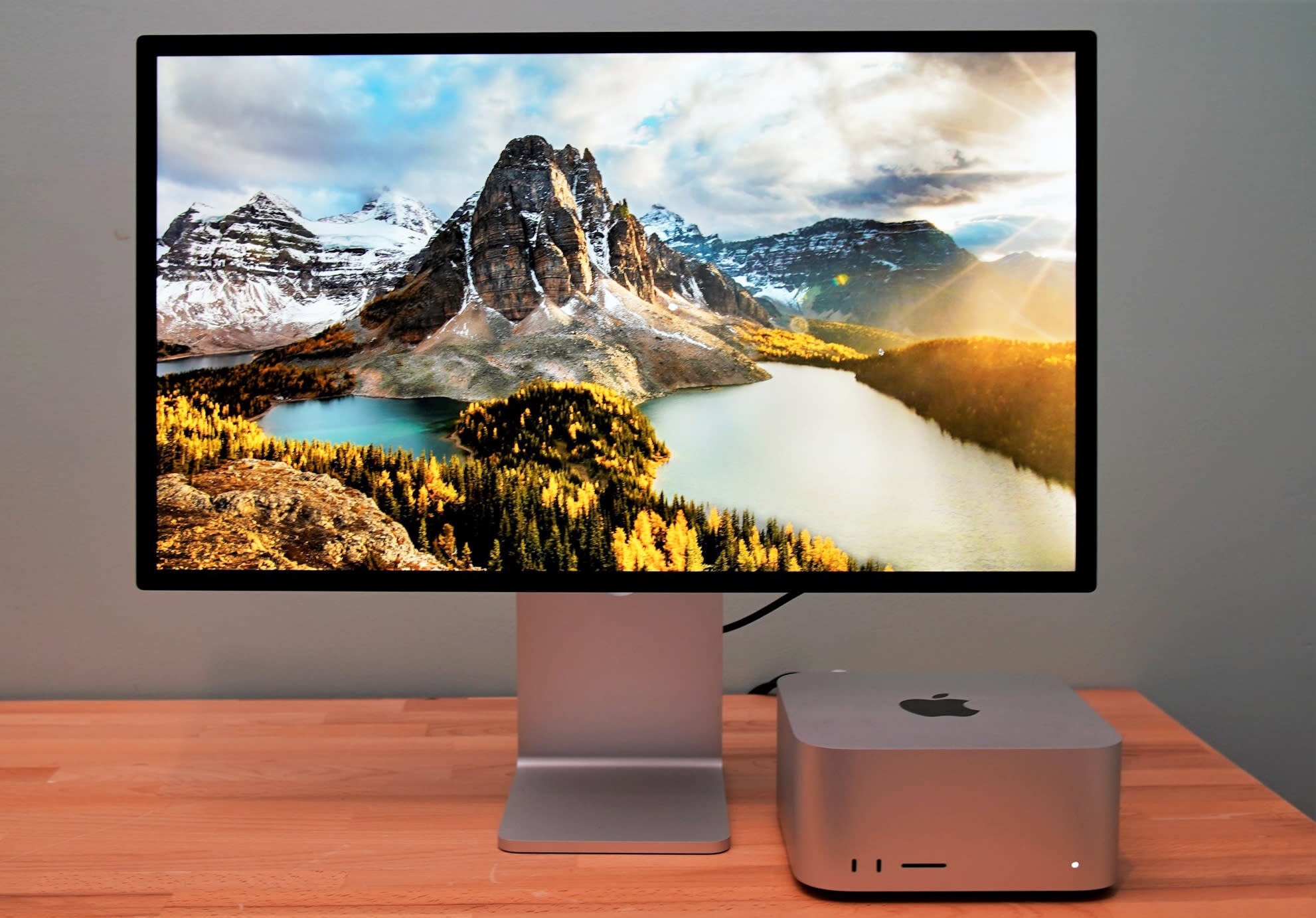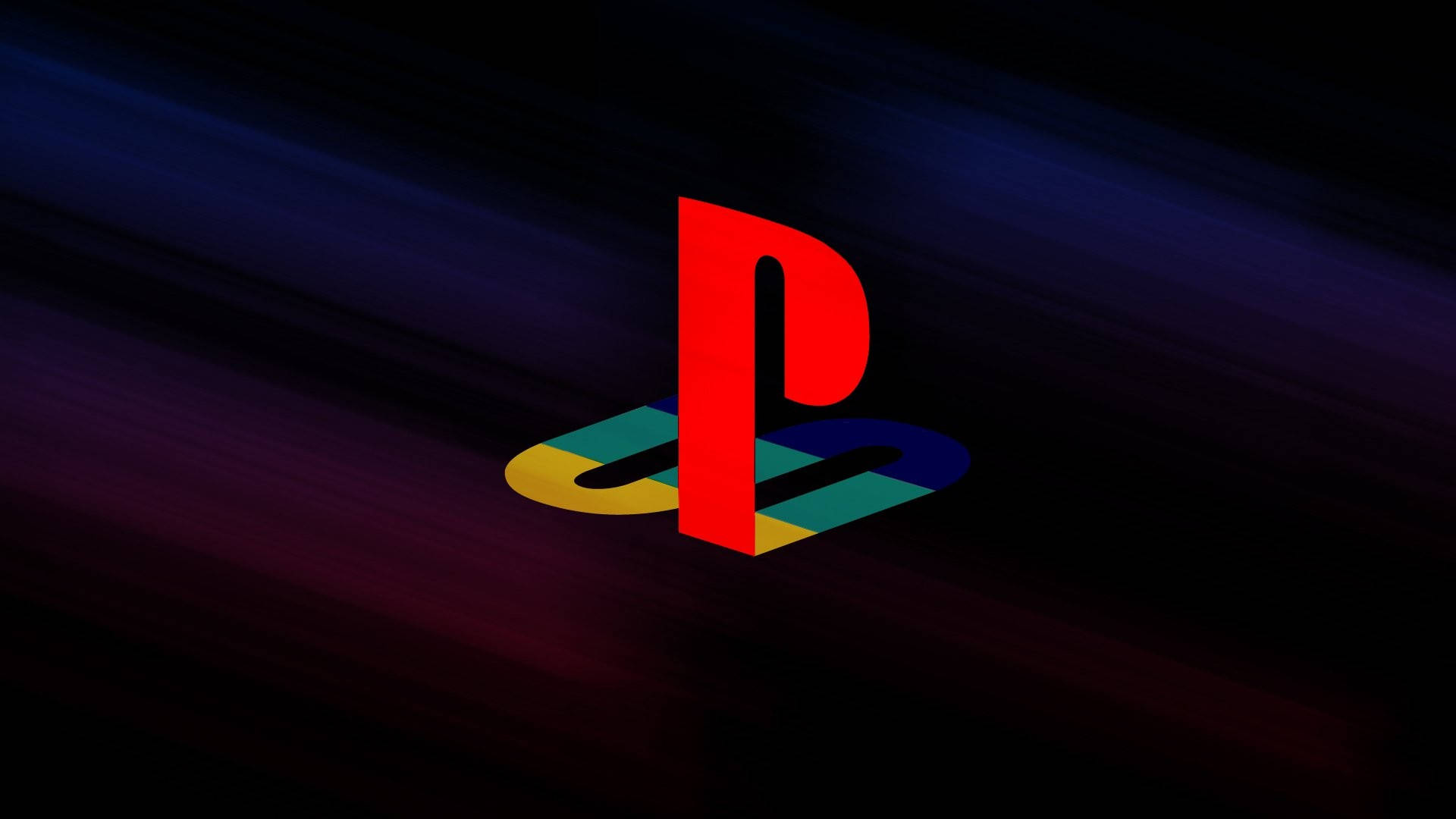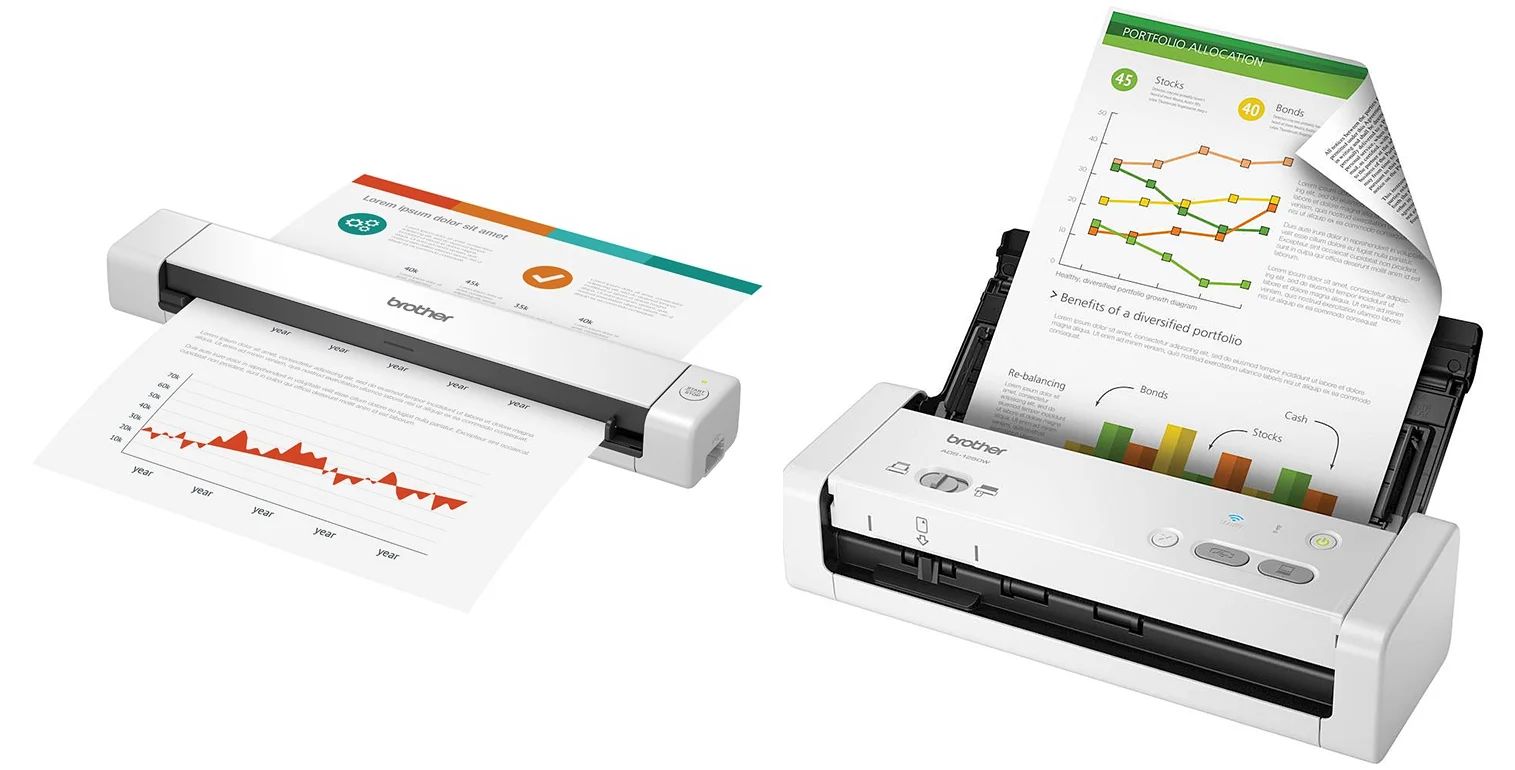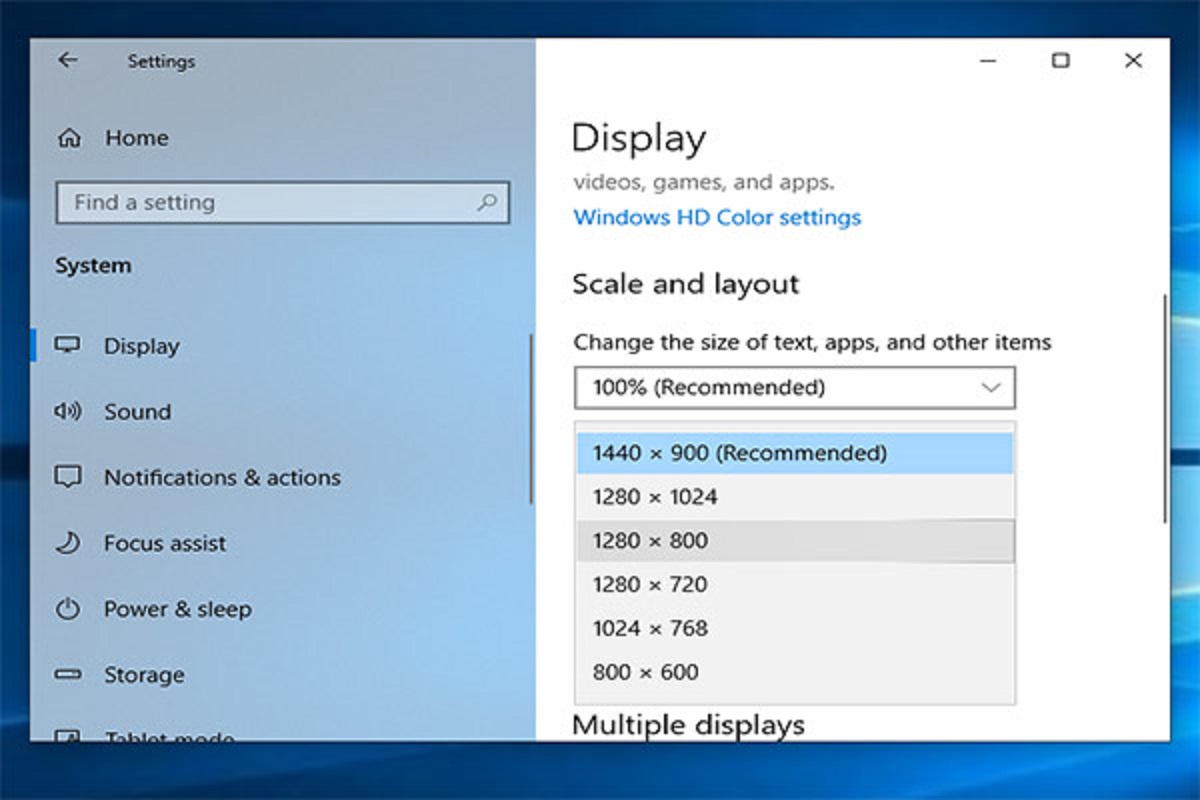Introduction
In today's fast-paced digital world, the seamless integration of mobile devices with computers has become increasingly essential. Whether it's for transferring files, managing data, or simply accessing content across different platforms, the ability to connect a smartphone to a computer is a fundamental requirement for many users. This is particularly true for individuals who own a Google Pixel 4 and a Mac, as the process of connecting these two devices may initially seem complex. However, with the right guidance and a clear understanding of the necessary steps, this task can be accomplished with ease.
The process of connecting a Google Pixel 4 to a Mac involves a few key steps, including the installation of specific software, enabling certain settings on the Pixel 4, and establishing a physical connection between the two devices. By following these steps, users can seamlessly access their Pixel 4 from their Mac, enabling efficient file transfers and streamlined device management.
In the following sections, we will delve into the step-by-step process of connecting a Google Pixel 4 to a Mac, providing clear instructions and valuable insights to facilitate a smooth and hassle-free experience. From installing the essential software to accessing the Pixel 4 on a Mac, each step will be thoroughly explained, ensuring that users can confidently navigate this process and harness the full potential of their devices.
As we embark on this journey to connect the Pixel 4 to a Mac, it's important to approach the process with a sense of curiosity and a willingness to explore the capabilities of these devices. By embracing the seamless connectivity between the Pixel 4 and a Mac, users can unlock a world of possibilities, from effortlessly transferring photos and videos to managing important documents and files. With the right guidance and a proactive mindset, connecting these devices will no longer be a daunting task, but rather an empowering experience that enhances the overall functionality and convenience of both the Pixel 4 and the Mac.
Step 1: Install Android File Transfer
To initiate the process of connecting a Google Pixel 4 to a Mac, the first crucial step involves installing the Android File Transfer software. This software serves as the bridge between the Pixel 4 and the Mac, facilitating the seamless transfer of files and enabling access to the device's content.
The Android File Transfer software is specifically designed to cater to the needs of users who wish to connect their Android devices, including the Google Pixel 4, to a Mac. By installing this software, users can overcome the inherent compatibility barriers between the Android operating system and the macOS environment, thereby establishing a smooth and efficient connection.
To install Android File Transfer on your Mac, follow these simple steps:
-
Navigate to the Official Website: Begin by accessing the official Android File Transfer website, where you can download the software directly. Ensure that you obtain the software from a reputable source to guarantee its authenticity and reliability.
-
Download the Software: Once on the website, locate the download link for Android File Transfer and initiate the download process. Depending on your internet connection, the download should be completed swiftly, allowing you to proceed to the next step.
-
Install the Software: After the download is complete, locate the downloaded file and open it to initiate the installation process. Follow the on-screen instructions to install Android File Transfer on your Mac, ensuring that you carefully review and accept the necessary permissions and agreements.
-
Complete the Installation: Once the installation is complete, Android File Transfer will be ready for use. You can now proceed to the next step in the process of connecting your Google Pixel 4 to your Mac.
By following these steps and installing Android File Transfer on your Mac, you will have successfully laid the foundation for establishing a seamless connection between your Pixel 4 and your Mac. This essential software serves as the gateway to accessing and managing the content on your Pixel 4, enabling effortless file transfers and streamlined device interaction.
With Android File Transfer in place, you are now prepared to move on to the next step, which involves enabling USB debugging on your Pixel 4 to further facilitate the connection process. This pivotal step will bring you closer to harnessing the full potential of connecting your Pixel 4 to your Mac, unlocking a world of possibilities for efficient device management and seamless file transfers.
Step 2: Enable USB Debugging on Pixel 4
Enabling USB debugging on your Google Pixel 4 is a crucial step in the process of connecting it to your Mac. USB debugging allows your Pixel 4 to communicate with the Android File Transfer software on your Mac, enabling seamless data transfer and device management. By activating this feature, you grant your Mac the necessary permissions to access and interact with the internal system of your Pixel 4, facilitating a smooth and efficient connection process.
To enable USB debugging on your Pixel 4, follow these detailed steps:
-
Access Developer Options: On your Pixel 4, navigate to the "Settings" app. Scroll down and select "About phone." Locate the "Build number" entry and tap it repeatedly (usually seven times) until you see a message confirming that you are now a developer.
-
Enable Developer Options: After enabling the developer mode, go back to the main "Settings" screen. You should now see a new entry labeled "Developer options" or "System" > "Advanced" > "Developer options."
-
Enable USB Debugging: Within the "Developer options" menu, locate the "USB debugging" option and toggle the switch to enable it. You may be prompted to confirm this action, after which USB debugging will be activated on your Pixel 4.
By following these steps, you have successfully enabled USB debugging on your Google Pixel 4, paving the way for a seamless connection to your Mac. This essential setting allows your Pixel 4 to communicate effectively with your Mac, ensuring that you can access and manage the device's content with ease.
With USB debugging activated, you are now ready to proceed to the next step, which involves physically connecting your Pixel 4 to your Mac. This physical connection, coupled with the enabled USB debugging, will establish a robust link between your devices, enabling efficient data transfer and streamlined device interaction.
As you move forward with the process, the activation of USB debugging on your Pixel 4 marks a significant milestone, bringing you closer to harnessing the full potential of connecting your Pixel 4 to your Mac. This pivotal step sets the stage for seamless device integration, empowering you to effortlessly manage and transfer files between your Pixel 4 and your Mac.
Step 3: Connect Pixel 4 to Mac
With Android File Transfer installed on your Mac and USB debugging enabled on your Google Pixel 4, you are now ready to establish the physical connection between the two devices. This pivotal step involves using a USB cable to link your Pixel 4 to your Mac, creating a direct pathway for data transfer and device interaction.
To connect your Pixel 4 to your Mac, follow these straightforward steps:
-
Prepare the USB Cable: Ensure that you have a compatible USB cable available for use. Ideally, use the cable that was provided with your Pixel 4, as it is specifically designed for device connectivity and data transfer.
-
Unlock Your Pixel 4: Before connecting the USB cable, unlock your Pixel 4 by entering your device's passcode or using biometric authentication methods such as fingerprint or facial recognition. This ensures that your Pixel 4 is ready to establish a connection with your Mac.
-
Connect the USB Cable: Take the USB cable and connect one end to the USB port on your Mac. Then, take the other end of the cable and insert it into the USB-C port on your Pixel 4. Ensure that the connection is secure and that the cable is properly inserted into both devices.
-
Verify the Connection: Once the USB cable is connected, your Pixel 4 should recognize the link to your Mac. You may see a notification on your Pixel 4 indicating that it is connected as a media device or for file transfer. This confirmation signifies that the physical connection has been successfully established.
By following these steps, you have effectively connected your Google Pixel 4 to your Mac, laying the groundwork for seamless data transfer and device interaction. This direct link between your devices enables you to access the content on your Pixel 4 from your Mac, facilitating efficient file transfers and streamlined device management.
As you proceed to the next step, which involves accessing your Pixel 4 on your Mac, it's important to recognize the significance of the established connection. This physical link serves as the conduit through which data flows between your Pixel 4 and your Mac, empowering you to leverage the full potential of seamless device integration and enhanced productivity.
With the physical connection in place, you are now prepared to move forward and access your Pixel 4 on your Mac, unlocking a world of possibilities for efficient file management and seamless device interaction.
Step 4: Access Pixel 4 on Mac
After successfully connecting your Google Pixel 4 to your Mac, the next crucial step is to access the device's content on your Mac. This process allows you to seamlessly transfer files, manage data, and interact with the Pixel 4 directly from your Mac, enhancing your overall device integration and productivity.
To access your Pixel 4 on your Mac, follow these detailed steps:
-
Open Android File Transfer: On your Mac, navigate to the Applications folder and locate the Android File Transfer application. Open the application to initiate the connection between your Mac and your Pixel 4. Upon launching Android File Transfer, you will be presented with a window that displays the content of your Pixel 4, including folders for photos, videos, documents, and other media.
-
Navigate the Pixel 4 Content: Within the Android File Transfer interface, you can seamlessly navigate through the content of your Pixel 4. This includes accessing and managing photos, videos, music files, and documents stored on your device. The intuitive interface of Android File Transfer allows for effortless browsing and organization of your Pixel 4's content directly from your Mac.
-
Transfer Files: With the Pixel 4 accessible on your Mac, you can easily transfer files between the two devices. Simply drag and drop files from your Pixel 4 to your Mac, or vice versa, to initiate seamless file transfers. Whether it's backing up important photos, transferring documents, or managing media files, the accessibility of your Pixel 4 on your Mac streamlines the file transfer process.
-
Manage Device Data: Beyond file transfers, accessing your Pixel 4 on your Mac enables efficient device management. You can organize and categorize your Pixel 4's content directly from your Mac, simplifying the process of managing photos, videos, and other files. Additionally, you can create backups of important data and ensure that your Pixel 4 remains organized and optimized for your specific needs.
-
Disconnect Safely: Once you have completed the necessary file transfers and device management tasks, it's important to disconnect your Pixel 4 from your Mac safely. To do this, simply close the Android File Transfer application on your Mac and safely eject your Pixel 4 from the USB connection. This ensures that the devices are disconnected without any risk of data loss or corruption.
By following these steps and accessing your Pixel 4 on your Mac, you have successfully harnessed the full potential of connecting your devices. The seamless integration between your Pixel 4 and your Mac empowers you to efficiently manage and transfer files, enhancing your overall device interaction and productivity.
As you navigate the content of your Pixel 4 on your Mac, take advantage of the streamlined file transfer capabilities and device management features to optimize your digital workflow. The accessibility of your Pixel 4 on your Mac opens up a world of possibilities for seamless device integration, enabling you to leverage the full potential of both devices in a cohesive and efficient manner.
Conclusion
In conclusion, the process of connecting a Google Pixel 4 to a Mac encompasses a series of essential steps that culminate in seamless device integration and enhanced productivity. By following the step-by-step guide outlined in this article, users can confidently navigate the intricacies of connecting these two devices, unlocking a world of possibilities for efficient file transfers, streamlined device management, and seamless content access.
From the initial installation of Android File Transfer to the activation of USB debugging on the Pixel 4, each step plays a pivotal role in establishing a robust connection between the devices. The installation of Android File Transfer serves as the gateway to accessing and managing the Pixel 4's content on a Mac, while USB debugging enables effective communication between the devices, laying the foundation for seamless data transfer.
The physical connection between the Pixel 4 and the Mac marks a significant milestone in the connection process, creating a direct pathway for efficient file transfers and device interaction. This direct link empowers users to access the content on their Pixel 4 from their Mac, facilitating streamlined device management and enhancing overall productivity.
Upon successfully connecting the Pixel 4 to the Mac, accessing the device's content becomes a seamless and intuitive experience. The Android File Transfer application provides a user-friendly interface for navigating and managing the Pixel 4's content, enabling effortless file transfers and efficient device organization. This accessibility on the Mac empowers users to optimize their digital workflow, ensuring that important files and data are seamlessly transferred and managed between the devices.
In essence, the connection between a Google Pixel 4 and a Mac transcends mere technical integration, offering users a gateway to enhanced productivity and seamless device interaction. By embracing the connectivity between these devices, users can harness the full potential of their Pixel 4 and Mac, leveraging the seamless file transfer capabilities and streamlined device management features to optimize their digital experience.
As technology continues to evolve, the ability to seamlessly connect and integrate devices becomes increasingly essential. By mastering the process of connecting a Google Pixel 4 to a Mac, users can embrace the convergence of technology and productivity, unlocking a seamless and efficient digital ecosystem that enhances their overall user experience.
In conclusion, the journey of connecting a Google Pixel 4 to a Mac is not merely a technical endeavor, but a gateway to enhanced productivity, seamless file management, and optimized device interaction. Through the seamless integration of these devices, users can embark on a digital experience that transcends boundaries, empowering them to seamlessly navigate and manage their digital content with ease and efficiency.





















